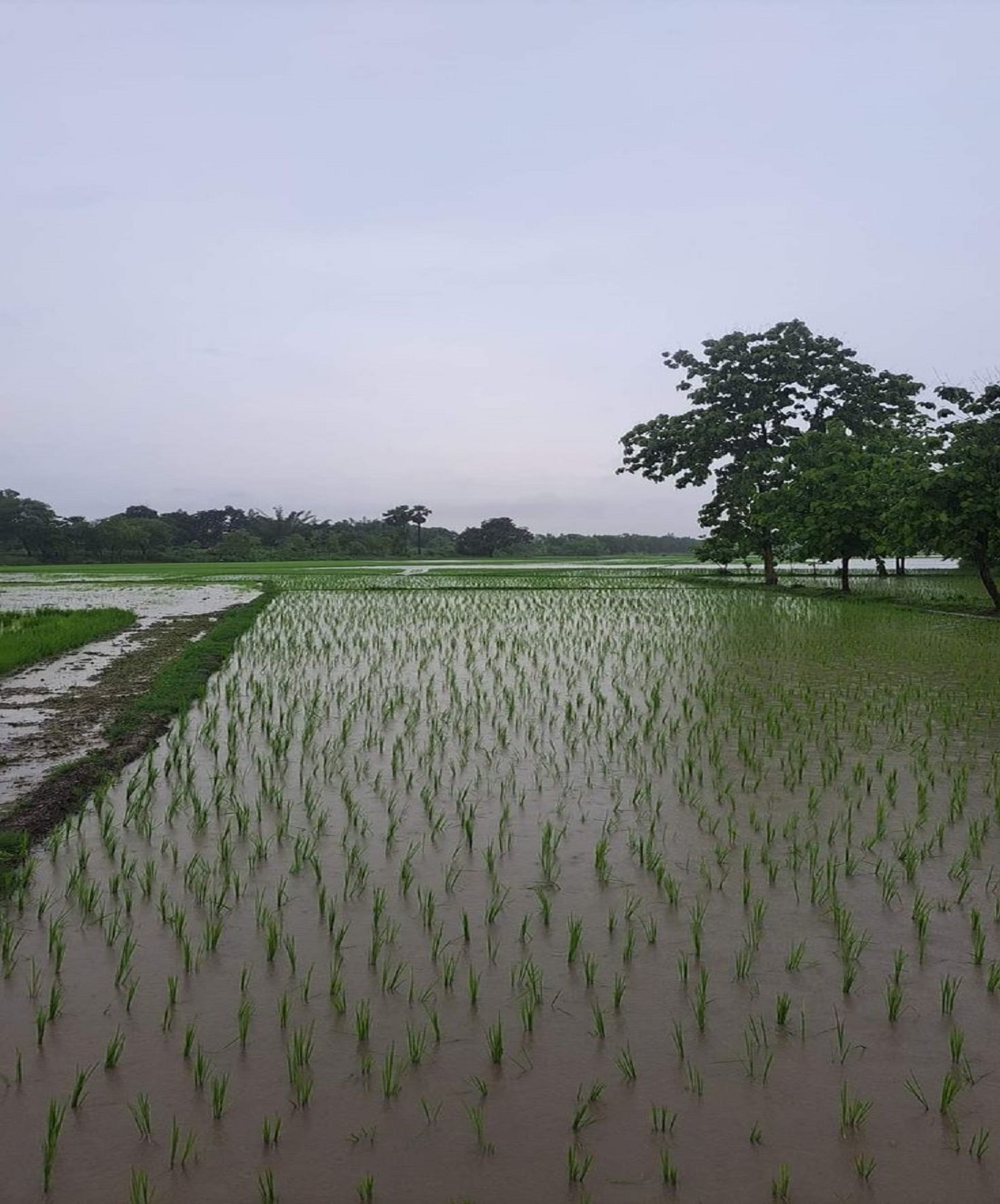
Ghassalat el-Nawader – «غسّالة النوادر»
Introduction
Ghassalat el-Nawader in Tunisia refers to the first rains of autumn, a traditional and symbolic event that farmers view as the start of the agricultural season. These rains “wash” the land after summer and provide the soil moisture needed for sowing cereals and legumes. Beyond its cultural meaning, this phenomenon carries important climatic and agricultural implications, making it a vital part of Tunisia’s farming heritage.
Climatic and Environmental Context
Ghassalat el-Nawader usually occurs when humid westerly winds from the Mediterranean reach Tunisia. These air masses lower temperatures and create atmospheric instability. The resulting showers are often brief but heavy, leaving a clear impact on the soil and water resources. Farmers benefit from the renewed soil moisture, but sudden downpours may also trigger localized floods or damage late-season crops. Despite these risks, the rains provide an essential ecological signal for sowing cereals and legumes.
Agricultural Importance
Farmers have long considered these early rains a cornerstone of their agricultural calendar. The moisture improves germination conditions and helps crops establish strong roots. When the rains arrive on time, they reduce the need for irrigation and boost confidence in the coming harvest. Yet delays or weaker rainfall can disrupt planting schedules and force farmers to rely on alternative practices, such as conserving soil moisture or postponing sowing.
Limited Academic Literature
Research on this phenomenon is scarce. Most references appear in journalistic reports, media coverage, or farmer testimonies. These sources highlight the importance of combining traditional knowledge with scientific data. For academics, Ghassalat el-Nawader provides an opportunity to link climate science with cultural heritage and rural livelihoods.
Seasonal Outlook for Autumn 2025
The National Institute of Meteorology in Tunisia projects that autumn 2025 will be warmer and drier than the long-term average of 1991–2020. Forecasts indicate a 70% chance of above-average temperatures and a likely reduction in total seasonal rainfall. These conditions reduce the probability of a widespread Ghassalat el-Nawader this year. However, localized showers remain possible if short-term weather systems move across the country.
Historical Timing
Traditionally, these rains fall between late August and early September. Farmers have long awaited them as a sign of renewal. In recent years, climate change has altered rainfall distribution, making the timing less predictable. As of 22 September 2025, Tunisia has not recorded widespread rainfall that fits the traditional description of Ghassalat el-Nawader. Instead, the season so far leans toward dryness, with only scattered local showers.
Recommendations for Farmers
Farmers should monitor daily weather updates from the National Institute of Meteorology. Short-term forecasts can provide more reliable information than seasonal outlooks, especially given the local nature of rainfall. Preparing for different scenarios is also key. Farmers can clean irrigation channels, protect sensitive crops, and plan alternative sowing strategies in case the rains arrive late.
Conclusion
Ghassalat el-Nawader is more than just a weather event. It represents a blend of culture, climate, and agriculture in Tunisia. While forecasts for autumn 2025 suggest reduced chances of widespread early rains, the symbolic and practical value of this phenomenon remains strong. Its changing patterns highlight the need to adapt farming systems to climate variability. Studying it further can help bridge traditional knowledge with scientific research and guide strategies for a more resilient agricultural future.
Ghassalat el-Nawader in Tunisia refers to the first rains of autumn. According to the National Institute of Meteorology, these rains play a key role in agriculture. For more context, see our page on Climate Change Impacts on Tunisian Agriculture.








